Bioresources in RIKEN BRC
The RIKEN BRC collects and distributes the following five important bioresources.
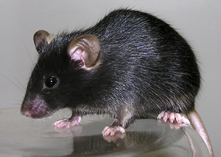
Mouse:
A scientific name is “Mus musculus”. Because it is small, easy to breed and grows rapidly in mammals, mouse is used as a model animal for many medical studies. Since 99% of genes in mouse are the same as humans, it helps to investigate how human genes work and the relationships between genes and diseases.
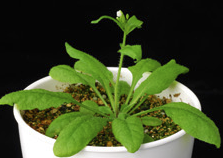
Arabidopsis:
Easy to grow in the laboratory, grows quickly and the seed can be harvested in 2 months. The number of genes is small and basic functions of most genes are already known. It is used all over the world as an experimental plant and the results are applied to other plants.
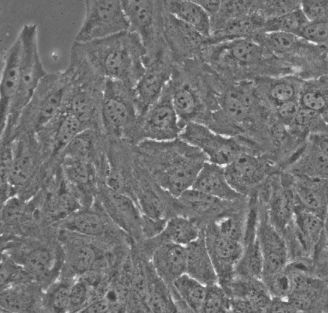
Cultured cells:
Living organisms are made up of various cells with various shapes and functions. Examining cell functions greatly contribute to the elucidation of the mechanisms of life. Cells, that propagate in test tubes and petri dishes with stable properties, have been developed for various research purposes.
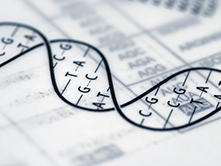
Gene:
The information for designing the body is the gene. Gene is a blueprint for a life program that is inherited from parent to child. It is used in researches of almost all mechanisms of organisms from any study to disease development and is applied to various purposes including medical research.
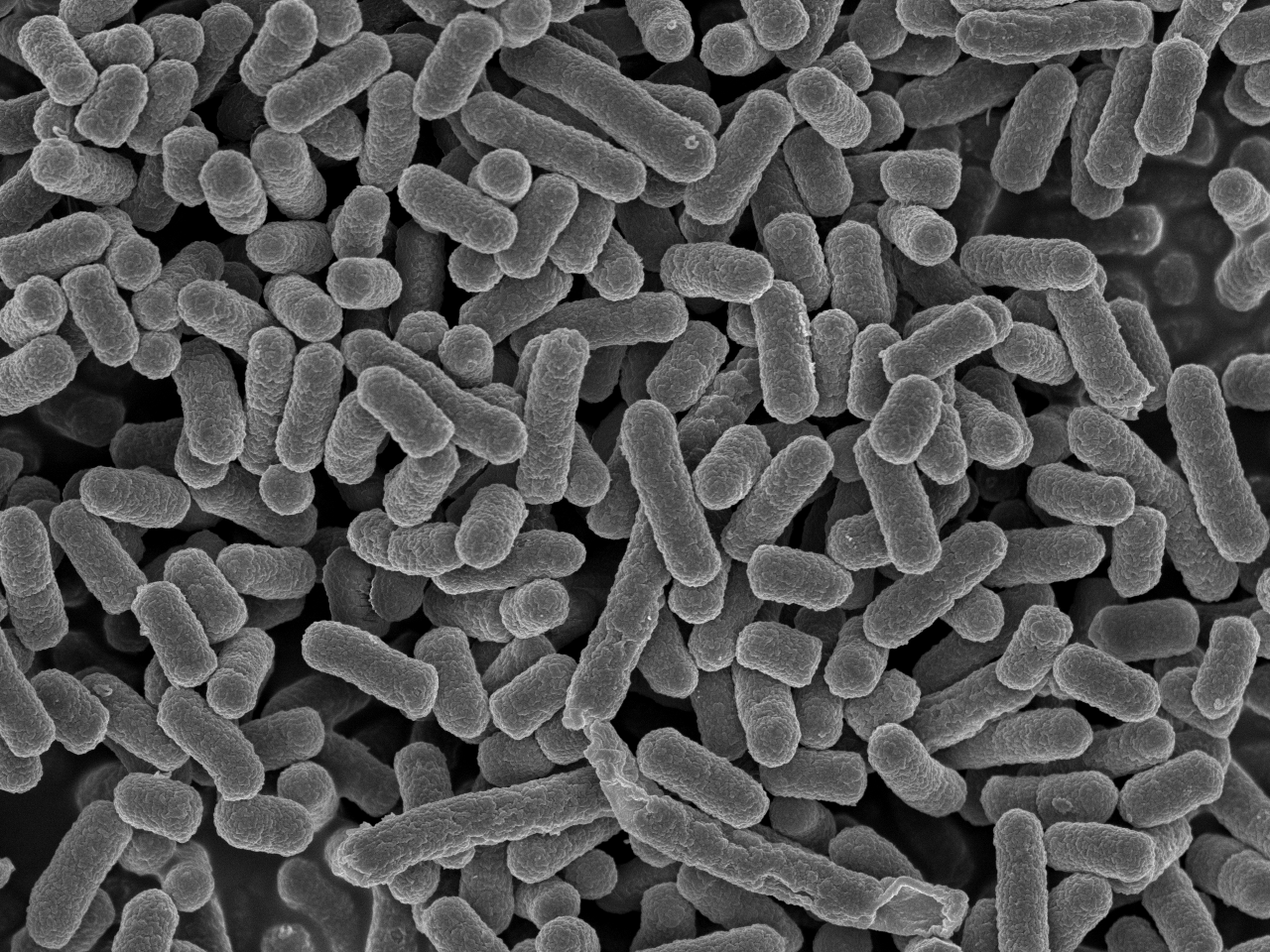
Microorganisms:
There are many species of microorganisms on the earth, and they exist in every environment, from the body, hot springs to the deep sea. Yeasts that are closely involved in our lives and used for fermented foods. Furthermore pathogenic bacteria are also microorganisms. It is also used in the development of new drugs, and the hidden power of microorganisms is attracting much attention.
Bioresources that support our future
The various bioresources currently in use are important “bioresources” developed by previous researches. Researchers around the world are using bioresource to produce new research results. Along with bioresources, life science research will continue with the aim of realizing a healthy and prosperous life. Bioresources support our future.